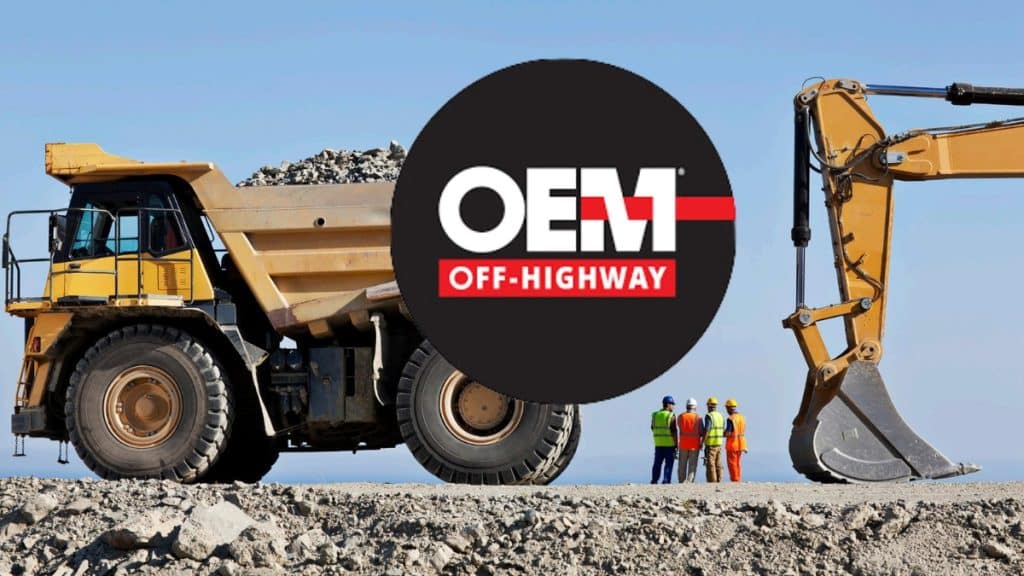The world is changing rapidly based on technology, sustainability, and cleans energy concepts. Similar factors are triggering the off-highway industry to take off towards progress simultaneously. Everything in automobiles, from smart cars to big machines like bulldozers, excavators, and tractors, is becoming more advanced. The push towards a cleaner, greener future makes everyone think about new ways to power these machines. Since everything is moving towards a goal, the OEM Off-Highway is not having a setback. Tech is coming up with ideas for shaping the future.
The process and progress may feel a bit different and slow, but it’s not that far. The slow processes and investing in hardware and software and others are making a great impact. Interested in the future of OEM Off-Highway? Let’s explore what it will look like in the future.
Incremental Electrification
Electrifying every off-highway vehicle overnight is not possible. There is no doubt in admitting that the initial speed is slower than expected, but it will bring out results. Instead of taking the big steps and dealing with the bugs, many small steps are happening now. Different machines have different needs, so there’s no one-size-fits-all solution. Following the dedicated patterns, there is progress toward the ultimate goal.
Small Changes with Big Impacts
Small steps are counted as big and make a larger impact. In agriculture, instead of electrifying the whole tractor, companies are starting with parts of it. They are making high-voltage electric power take-offs (PTOs) for power implementation. This reduces their efforts of working on the whole machine at a time and instead shifts it gradually.
Mixing Old and New Technologies
Incorporating new technologies will automatically outdate the previous one, which causes loss to manufacturers and consumers. The best way out is to combine both using a few parts or integration. Companies like Volvo Construction Equipment are blending electric power with existing technologies. At CONEXPO 2023, they showed the DD25 Electric, which combines electric power with hydraulic systems. Following this approach, companies offer operators new technologies while using familiar systems.
Energy Recovery Tactics
The industry improvements are mostly energy-centric. The ultimate goal is reducing the carbon footprint and investing in renewable energy. Similarly, the OEM Off-Highway is in the game by progressing toward renewable energy options on one side and using some energy recovery tactics on the other.
Downsizing Engines
Bigger engines mean high energy needs and more pressure on fuel. However, smaller engines refer to the efficient and reduced use of energy. That’s why many companies are making their engines smaller and more efficient. It not only saves fuel but reduces emissions, like hybrid systems that can supplement power and use regenerative braking to recover energy.
Real-World Applications
Real world application is quite different from the lab settings. Knowing what’s happening out there and understanding how machines are used in the real world is essential. It helps designers to create better solutions. Using this information, it’s possible for the companies to optimize power sources and improve overall efficiency.
High Power Density Batteries
Batteries are at the heart of electric vehicles. For off-highway machines, these batteries need to be powerful and reliable. Companies are looking for batteries that can store more power and last longer. It is especially important for machines that work long hours in tough conditions. New battery chemistries and designs are being explored to meet these needs.
Standardization and Safety
As the industry evolves, there is a push for standardization. Higher voltage levels are considered for more powerful machines, but safety remains a top priority. Organizations like the Agricultural Industry Electronics Foundation (AEF) are helping to create these standards, making it easier to adopt new technologies across the industry.
Solving the Infrastructure Puzzle
One big challenge is figuring out how to charge these electric machines, especially in remote areas. The future of OEM Off-highway is about figuring out the challenges and providing appropriate solutions. Knowing the top challenges is essential for manufacturers to come up with standardized solutions. It helps to avoid chaos in the future.
Charging Solutions
Off-highway vehicles often work in places without easy access to charging stations. For instance, construction vehicles like excavators don’t move much during a day’s work. It opens up the possibility of tethering them to an energy source while they operate.
The Need for Flexibility
Understanding real-world use cases helps create practical solutions. The goal is to ensure that machines can be charged efficiently without disrupting their work. Technology is not only about advancing machines but keeping the processes flexible enough to let things sync easily with humans’ lives.
Steps for Further Advancement
The future is bright, and the canvas is broad. It’s not just about one thing or the other but a whole mechanism that needs to be followed. To move forward, a whole-system approach is needed. It means looking at the entire electrified system and how its parts interact.
Modularity and Flexibility
The pace of innovation is rapid. Companies must be agile, creating scalable and flexible solutions that help them adapt to changing regulations and demands.
Complementary Technologies
Electrification is not the only answer. Other technologies, such as hydrogen, methane, and biofuels, will also play a role. Together, these solutions will help the industry become more sustainable.
Conclusion
The future of off-highway vehicles is bright and electric. The industry is moving towards a greener future with incremental changes, smarter energy use, better batteries, and practical charging solutions. Companies are eager to innovate and adopt new technologies, making big machines cleaner and more efficient. As these advancements continue, off-highway vehicles will play a crucial role in achieving a sustainable future for everyone.

